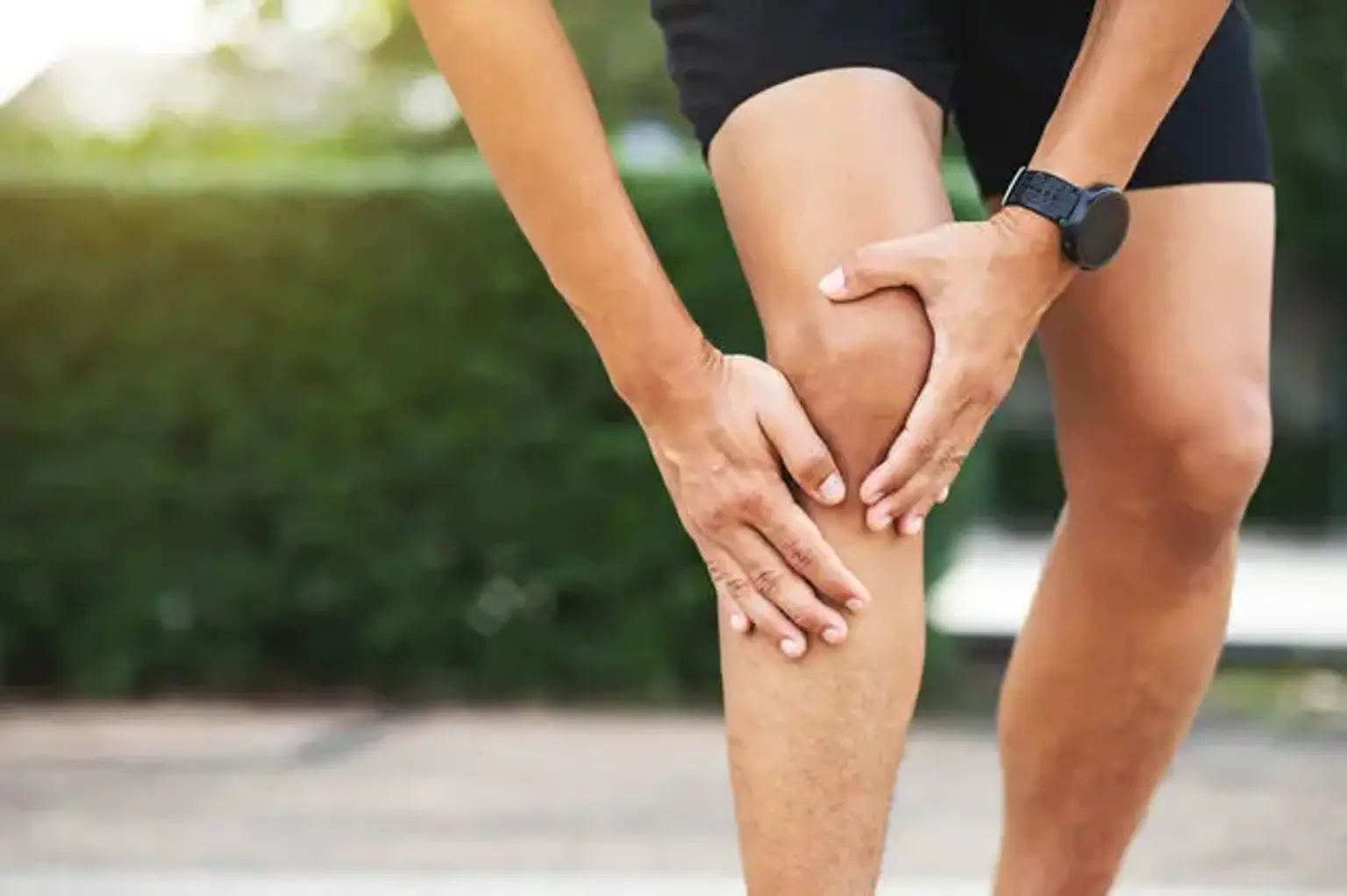Introduction
Ligament tears are a common injury, especially among athletes and active individuals. Ligaments, the strong bands of tissue that connect bones to each other, are essential for joint stability and movement. A tear can occur due to sudden trauma, overuse, or intense physical activity, leading to pain, swelling, and instability in the affected joint.
Ligament tear repair surgery is a treatment option that aims to restore the damaged ligament’s function. While not every tear requires surgery, for many, it’s the best solution for regaining full mobility and strength. The procedure is designed to improve the patient’s quality of life, particularly for those who want to return to sports or an active lifestyle.
Understanding Ligament Injuries: Causes and Symptoms
Ligament injuries vary in severity, from mild sprains to complete tears. The most common types are:
Anterior Cruciate Ligament (ACL): Frequently injured in sports like soccer and skiing, causing knee instability.
Medial Collateral Ligament (MCL): Often torn due to a direct blow to the knee, commonly seen in football.
Posterior Cruciate Ligament (PCL): Injuries often occur from car accidents or falls.
Lateral Collateral Ligament (LCL): Less common but can be damaged in contact sports.
Symptoms of a ligament tear include intense pain, swelling, difficulty moving the joint, and a feeling of instability. In some cases, a popping sound is heard at the moment of injury.
